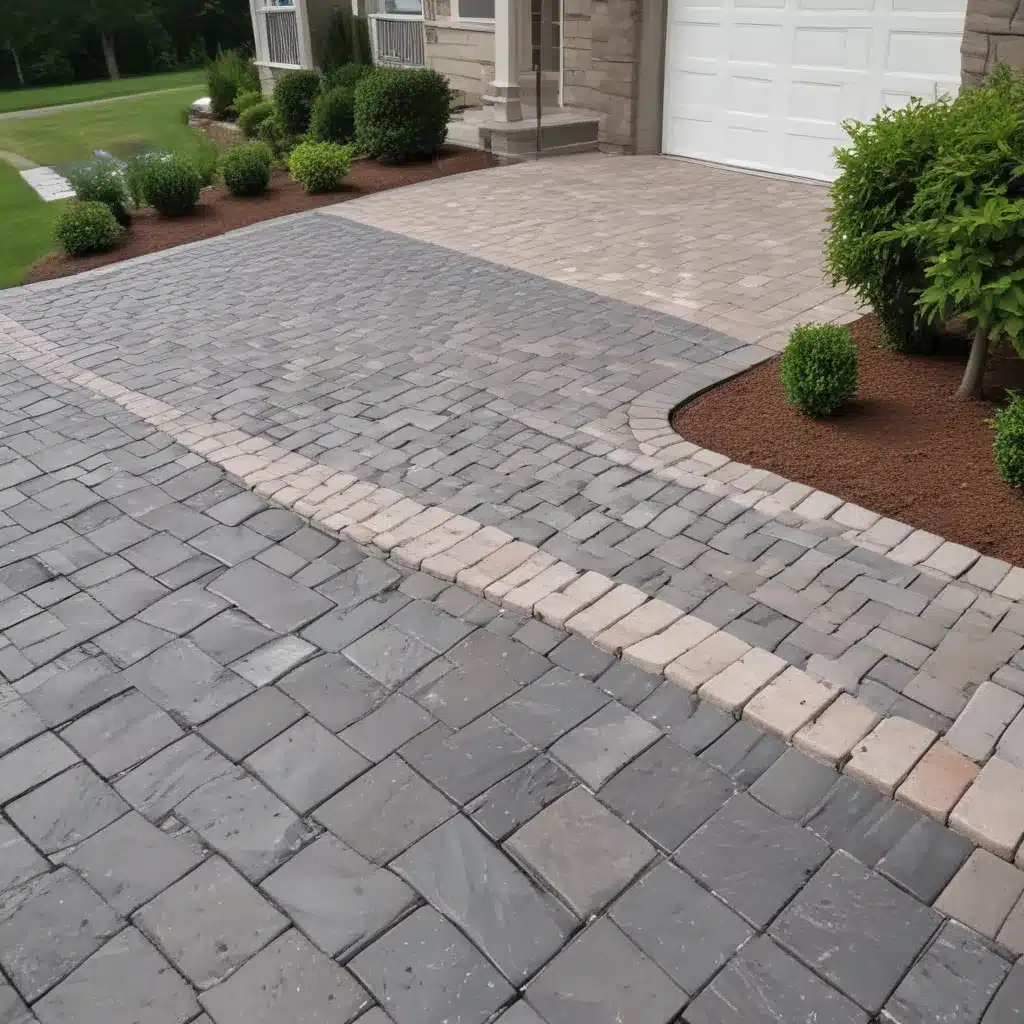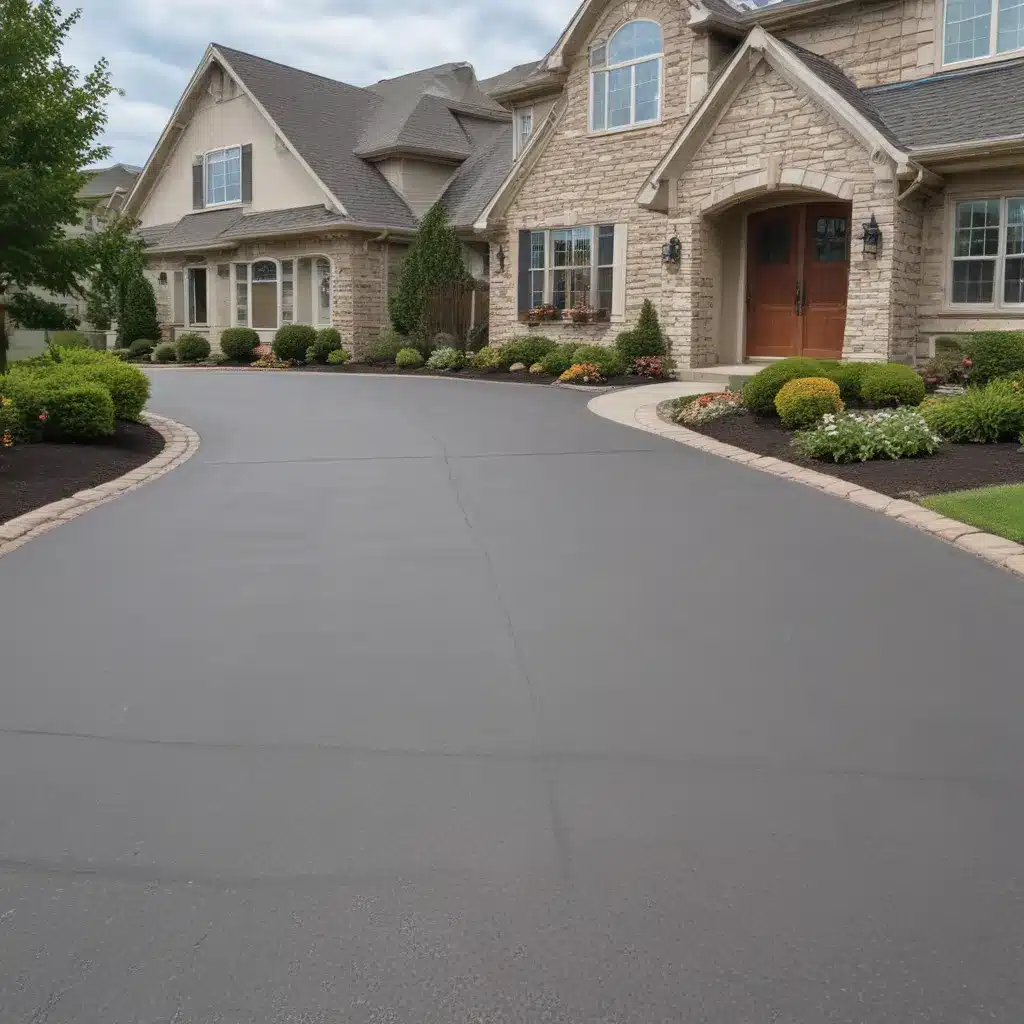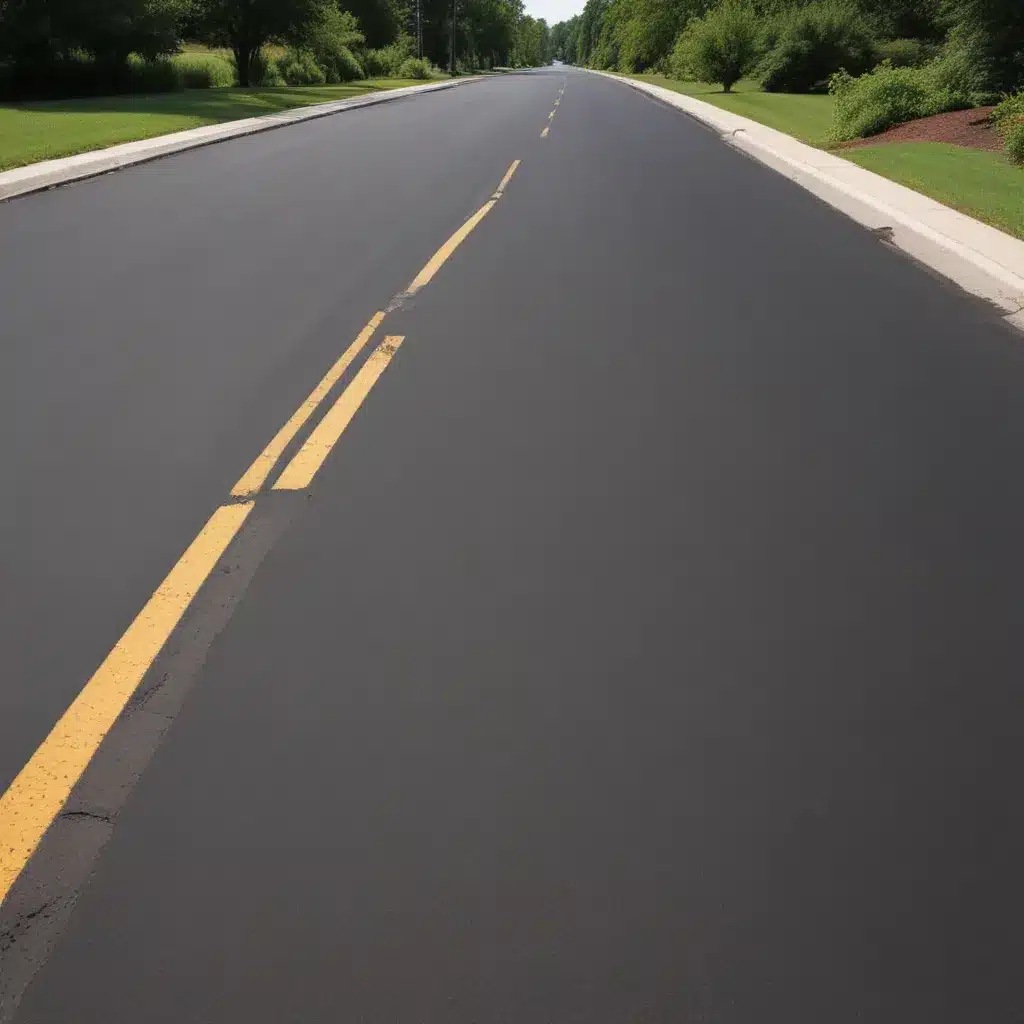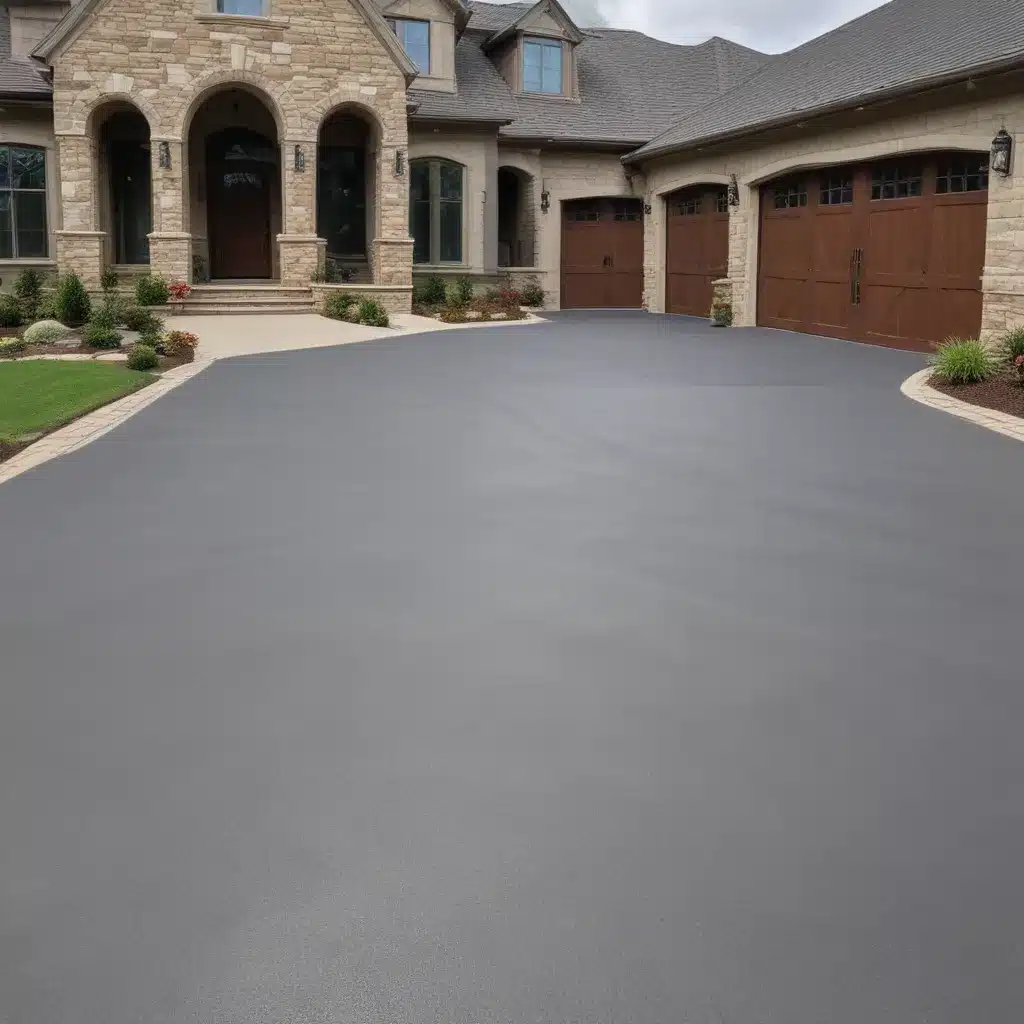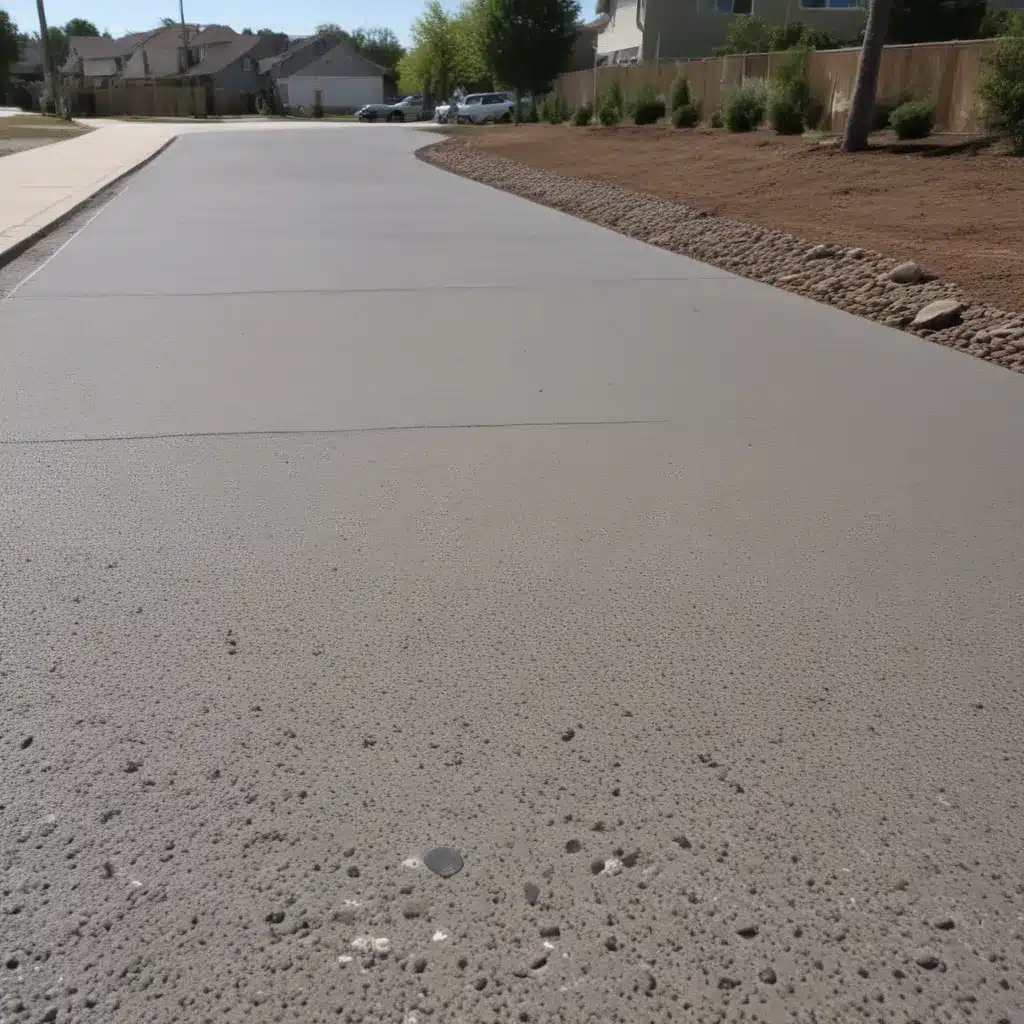The Allure of Interlocking Pavers
As I pull into my driveway, the sun glints off the neatly arranged pavers, and I can’t help but admire their sleek, uniform appearance. Interlocking pavers have become increasingly popular for driveways, and it’s not hard to see why. Their mesmerizing patterns and endless design possibilities make them a tantalizing option for homeowners looking to upgrade their outdoor spaces. But, as with any home improvement project, the decision to go with interlocking pavers requires careful consideration.
In this comprehensive guide, I’ll dive deep into the pros and cons of using interlocking pavers for your driveway, drawing from my own experiences as well as insights from industry experts. Get ready to explore the world of pavers, where the beauty is in the details, and the decision-making process can be as intricate as the designs themselves.
The Advantages of Interlocking Pavers
Durability and Longevity
One of the primary reasons homeowners are drawn to interlocking pavers is their exceptional durability. These sturdy, interlocking units are built to withstand the constant wear and tear of vehicle traffic, as well as the elements. Unlike traditional concrete or asphalt driveways, which can crack and degrade over time, interlocking pavers are designed to maintain their structural integrity for decades.
“Interlocking pavers are incredibly resilient,” explains Jane, a local landscape architect. “The individual units are made from high-quality materials like concrete or natural stone, and they’re engineered to interlock with one another, creating a stable, unified surface. This makes them far less susceptible to the kinds of damage that can plague other driveway materials.”
In my own experience, I’ve noticed that my interlocking paver driveway has weathered the seasons beautifully, with no signs of cracking or crumbling, even after several years of heavy use. The investment in quality pavers has truly paid off in the long run.
Customizable Aesthetics
One of the most appealing aspects of interlocking pavers is the sheer range of design possibilities they offer. With a vast array of colors, textures, and patterns to choose from, homeowners can create a driveway that perfectly complements the style of their home and landscaping.
“Interlocking pavers allow you to express your personal style in a way that’s simply not possible with traditional driveway materials,” says Sarah, a design consultant at a local paver showroom. “Whether you’re going for a classic, elegant look or something more modern and eye-catching, there’s a paver option that can help you achieve your vision.”
I can attest to the transformative power of interlocking pavers. When I first moved into my home, the driveway was a plain, uninspiring expanse of concrete. But after researching my options and working with a paving contractor, I was able to create a stunning, one-of-a-kind driveway that sets my home apart from the rest on the street.
Ease of Maintenance
Maintaining a driveway can be a constant challenge, but interlocking pavers make the task significantly easier. Unlike asphalt or concrete, which can crack and require extensive repairs, pavers can be easily lifted, cleaned, and even replaced if necessary.
“Interlocking pavers are remarkably low-maintenance,” explains John, a seasoned paving contractor. “If a paver becomes damaged or discolored, you can simply remove it and replace it with a new one. This allows homeowners to keep their driveway looking its best with minimal effort.”
In my experience, maintaining my interlocking paver driveway has been a breeze. I’ve been able to keep it looking pristine by occasionally sweeping away debris and hosing down the surface. And when a paver did become cracked from a heavy object, I was able to swap it out with a new one in a matter of minutes.
Enhanced Drainage
One of the lesser-known advantages of interlocking pavers is their superior drainage capabilities. Unlike solid, impermeable surfaces like concrete or asphalt, interlocking pavers are designed with small gaps between the individual units, allowing water to effectively drain away.
“Proper drainage is crucial for the long-term health of a driveway,” explains Jane, the landscape architect. “With interlocking pavers, the water can seep through the gaps and be directed away from the surface, reducing the risk of pooling, erosion, and other water-related issues.”
I’ve definitely noticed the benefits of this enhanced drainage system. During heavy rainstorms, I’ve observed the water quickly dispersing from my driveway, rather than collecting and potentially causing damage. This helps to extend the lifespan of the pavers and keeps my outdoor space looking tidy and well-maintained.
The Potential Drawbacks of Interlocking Pavers
Higher Upfront Costs
While the long-term benefits of interlocking pavers are substantial, the initial investment can be a significant drawback for some homeowners. Compared to more traditional driveway materials, such as concrete or asphalt, pavers generally come with a higher price tag.
“Interlocking pavers are a premium product, and the installation process can be more labor-intensive,” explains John, the paving contractor. “This means that the upfront costs are often higher than other driveway options. However, the long-term value and durability of pavers can make them a worthwhile investment for many homeowners.”
I’ll admit, when I first started researching interlocking pavers, the cost was a bit of a shock. But after carefully weighing the pros and cons and considering the potential long-term savings, I ultimately decided that the investment was well worth it for the high-quality, custom-designed driveway I was able to create.
Potential for Uneven Settling
While interlocking pavers are designed to be highly stable, there is a risk of uneven settling, especially if the underlying soil is not properly prepared. This can result in an unsightly and potentially hazardous driveway surface.
“Proper sub-base preparation is critical when installing interlocking pavers,” says Jane, the landscape architect. “If the ground is not compacted and leveled correctly, the pavers may start to shift and settle over time, creating an uneven surface that can be tricky to navigate, especially for vehicles.”
I’ve seen firsthand the consequences of poor sub-base preparation. A neighbor of mine had a beautiful interlocking paver driveway installed, but within a few years, it had started to develop noticeable bumps and divots. The homeowner ended up having to have the entire driveway re-done, which was a costly and time-consuming process.
Weed and Grass Growth
Another potential drawback of interlocking pavers is the risk of weed and grass growth in the small gaps between the units. While this can be mitigated with careful maintenance and the use of sand or gravel to fill the gaps, it’s still an issue that some homeowners may have to contend with.
“Weeds and grass can be a persistent problem with interlocking pavers,” explains John, the paving contractor. “The gaps between the pavers provide an ideal environment for these unwanted plants to take root. Homeowners need to be diligent about keeping the gaps filled and regularly removing any vegetation that does manage to grow.”
In my own experience, I’ve had to stay on top of weed and grass growth in the gaps of my driveway, especially during the warm, wet months. It’s a bit of a hassle, but I’ve found that using a high-quality paver sand and making a habit of regular inspections has helped me keep the problem under control.
The Bottom Line
As I sit on my front porch, admiring the stunning interlocking paver driveway that has become the centerpiece of my home’s exterior, I can’t help but feel a sense of pride and satisfaction. The decision to invest in this premium driveway material was not an easy one, but the benefits have far outweighed the drawbacks.
The durability, customizability, and ease of maintenance have made my life as a homeowner significantly easier, while the enhanced aesthetic appeal has added tremendous value to my property. And while the upfront costs, potential for uneven settling, and weed/grass issues are valid concerns, with proper planning, installation, and ongoing maintenance, these drawbacks can be effectively mitigated.
Ultimately, whether interlocking pavers are the right choice for your driveway comes down to your personal priorities, budget, and willingness to put in the necessary effort to keep them looking their best. But for me, the pros have far outweighed the cons, and I couldn’t be happier with the decision to transform my driveway into a true showpiece of my home.
If you’re considering upgrading your driveway and are intrigued by the allure of interlocking pavers, I encourage you to do your research, consult with local experts, and weigh the pros and cons carefully. It’s a big investment, but one that can truly pay off in the long run, both in terms of functionality and curb appeal. Who knows, your driveway could be the envy of the neighborhood, just like mine.
And if you’re in the Warrington area and in need of driveway services, I highly recommend checking out Driveways Warrington. Their team of experienced professionals can guide you through the process of designing and installing a beautiful, long-lasting interlocking paver driveway that will be the talk of the town.

